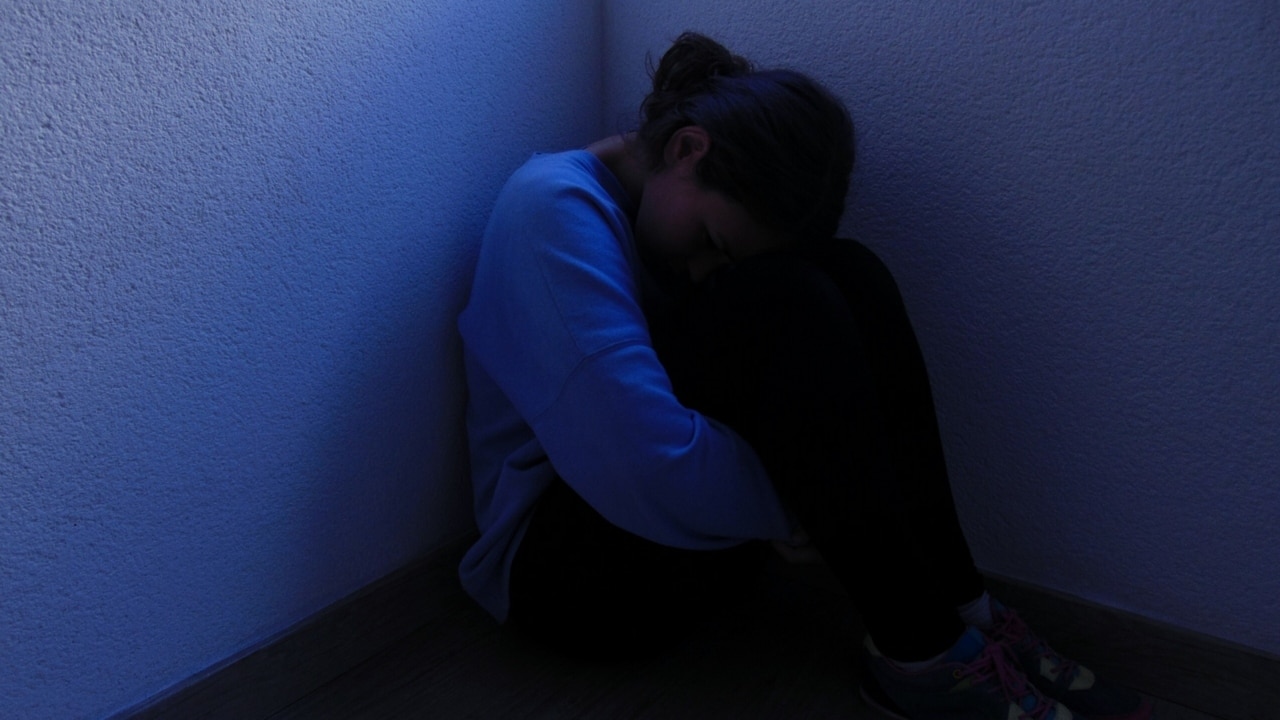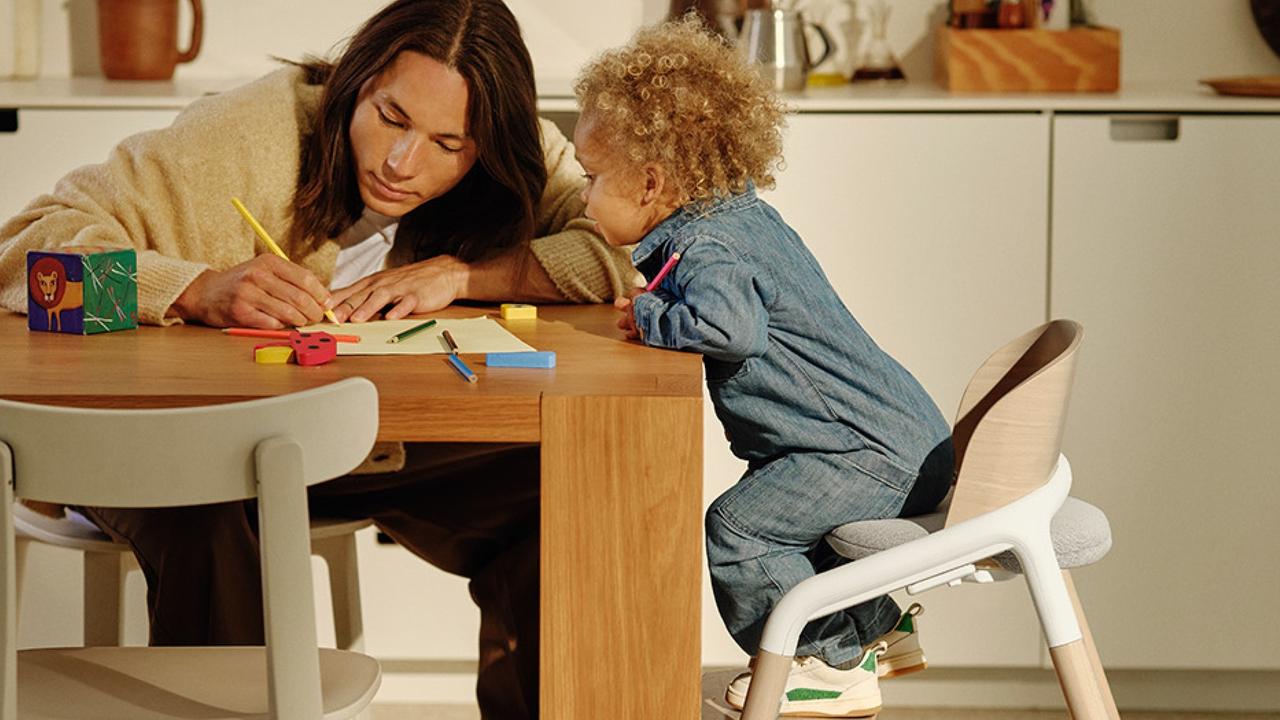Woman sees $12k drained from account with financial abuse ‘rife’ in Australia
There’s a $5.7 billion problem that’s “rife” in Australia and its causing “devastating” consequences with calls to stamp it out.

Companies
Don't miss out on the headlines from Companies. Followed categories will be added to My News.
Seeing $12,000 drained from their account, maxing out credit cards to create an “embarrassing” situation when they are declined and almost losing their homes are some of the ways women in Australia have been subject to financial abuse by their partners.
Banks have been urged to stop the "weaponisation" of everything from joint accounts, credit cards and mortgages to prevent financial abuse or coercive control of women, a new report has warned.
“He maxed out the credit cards and the bank pursued me to repay his debts. I almost lost my
house and my mind. My stress and fear, which was already high, escalated. The impact on myself and my children was inexcusable,” one woman revealed in the report.
“I would be doing groceries with our two young children or putting fuel in the car and the credit card would decline,” another said.
“It wouldn’t be until this happened that I found out that he had either cancelled the card or lowered the credit limit to an amount well below what it had been previously. It was embarrassing and made things extremely difficult as I couldn’t then buy what was needed.”

Former bank executive Catherine Fitzpatrick, authored the report Designed to Disrupt, and said it was time for banks to send a clear signal to perpetrators that abusive behaviour is unacceptable.
“Few other businesses are better placed to protect women against financial abuse and its devastating health and economic impacts for them and their children,” she said.
The report calls for all 97 Australian banks, which share 19.5 million customers, to make simple changes to their products – starting with changing terms and conditions to make it clear that a bank account is no place for abuse.
‘Financial abuse is rife’
Rebecca Glenn, CEO of the Centre for Women’s Economic Safety which commissioned the report, said banks need to make it harder for perpetrators to use financial abuse as a tactic of coercive control.
“Currently, banking products are designed in a way that assumes all relationships are healthy and equal. But the reality is that financial abuse is rife in Australia – and there’s more banks can do to protect victim-survivors,” she said.
“Banking products can and should be redesigned so that couples who set up joint accounts have protections in place from the very beginning.”
Banking products commonly used in the “weaponisation” of financial abuse are joint products such as transaction accounts, credit cards, personal loans and mortgages, the report found.

It called for new measures such as setting up every joint account with separate passwords, logins and portals for each person so it’s simpler and safer to separate if the relationship ends or is abusive.
For credit cards, the report recommended banks ensure each cardholder was liable for spending on their card, applying a chargeback methodology to disputed transactions and banning joint or secondary card holders.
When it came to mortgages, it suggested notifying customers of mortgage liability and options in the event of separation and a choice for the type of contract including 50:50 liability or another percentage.
Women shared harrowing stories of financial abuse in the report.
“We had around $12,000 in redraw against our home loan for the home we lived in. When I left, he stopped paying the mortgage, and so the payments were taken from the redraw funds,” one woman recounted.
“By the time we did our property settlement, all of the redraw was gone. He had been earning a full time salary without having to make any rent/mortgage repayments.”

Another woman spoke about separating from her partner but he refused to pay his share of the mortgage, rates and insurance even though he was on $72,000 and she was unemployed after being made redundant.
She said the bank did not “care” and refused to chase her partner for his share of the repayments. Her partner also would not agree to move to interest only payments.
“He kept telling me the bank was repossessing the house and I will be homeless,” she said.
“I knew nothing about it as they hadn’t sent anything to me so I kept having to ring the bank to check. After many months I finally got the bank to agree to interest only payments.”
500,000 abusive transactions
However, the report revealed new data that showed banks had taken some steps to protect victims, including 90 per cent of customers being stopped from sending abuse through payment descriptions following a warning letter from their bank
Since 2020, more than 500,000 abusive transactions have been intercepted in real time and 3000 customers have been issued a warning letter, had their online banking suspended or were exited from the bank.

Ms Glenn said women are more than twice as likely as men to experience financial abuse
and they do so within existing structural economic inequality.
“Financial coercion can stop women from leaving their abusive partner, it strips them of their
financial autonomy and can wreck their credit score and leave them mired in debt,” she said, adding the system can be “very unhelpful and difficult” for victims to navigate.
The report noted that an estimated 90 per cent of those who seek support for domestic and
family violence are affected by economic abuse, but it is still unrecognised by many people who experience it.
Mums who separate from violent partners also experience a drop in income of 34 per cent, with delayed property settlement, forced liability for joint debt, bankruptcy and insolvency, debt arrears and challenges with repairing credit ratings worsening financial hardship.

$5.7b problem
The direct costs to Australian victim-survivors of financial abuse have been estimated at $5.7 billion a year, with costs to the economy estimated at $5.2 billion per year in lost productivity, additional health care costs, foregone revenue and additional expenditure.
Financial Counselling Australia CEO Fiona Guthrie added financial counsellors saw the
devastating toll of financial abuse among their clients every day and recognised the role
banks can play in preventing that abuse.
“It’s essential that banks have safeguards in place to protect people against economic abuse and the crippling impact it has on their health and wellbeing, and that of their children,” she said.
While the report highlighted the practical steps that banks have taken to reduce financial abuse, there was still much more than can be done and “embedding safety by design would be groundbreaking”, she added.
The reports findings are currently being discussed by regulators and consumer groups, while Ms Fitzpatrick said she planned to specifically raise it with the Australian Securities and Investments Commission.
Originally published as Woman sees $12k drained from account with financial abuse ‘rife’ in Australia









